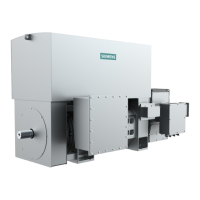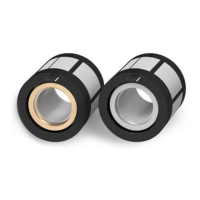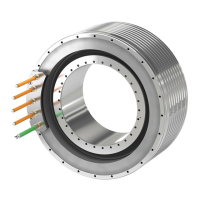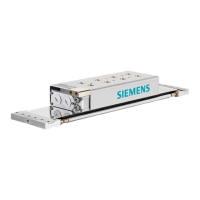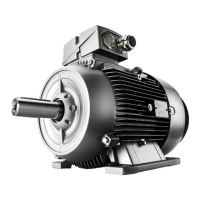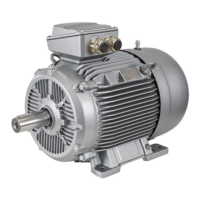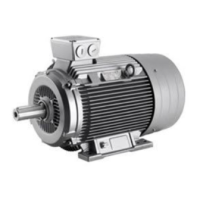When the motor is mounted onto a machine, a new system, which is capable of vibration, is
created with modied natural frequencies. These can lie within the motor speed range.
This can result in undesirable vibrations in the mechanical drive transmission.
Note
Avoiding natural frequencies when mounting
Motors must be carefully mounted on adequately sti foundations or bedplates. Additional
elasticities of the foundation/bedplates can result in resonance eects of the natural frequency
at the operating speed and therefore result in inadmissibly high vibration values.
The magnitude of the natural frequency when the motor is mounted depends on various
factors and can be inuenced by the following points:
• Mechanical transmission elements (gearboxes, belts, couplings, pinions, etc.)
• Stiness of the machine design to which the motor is mounted
• Stiness of the motor in the area around the foot or customer ange
• Motor weight
• Machine weight and the weight of the mechanical system in the vicinity of the motor
• Damping properties of the motor and the driven machine
• Mounting type, mounting position (IM B5, IM B3, IM B35, IM V1, etc.)
• Motor weight distribution, i.e. length, shaft height
4.10.3 Misalignment
To avoid or minimize misalignment, a compensating coupling should be used (see the diagram).
'ULYHRXWWUDQVPLVVLRQ
VKDIWZLWKRZQEHDULQJV
&RXSOLQJ0RWRU
Figure4-64 Mechanical output transmission shaft with its own bearings and compensating coupling
If possible, the motor should not be directly and rigidly coupled to an output transmission
shaft which has its own bearings.
Mechanical properties
4.10Vibration response
1PH8 SIMOTICS M main motors
Conguration Manual, 12/2022, A5E51895839A 149
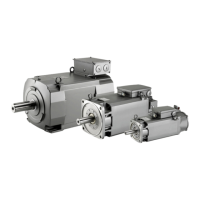
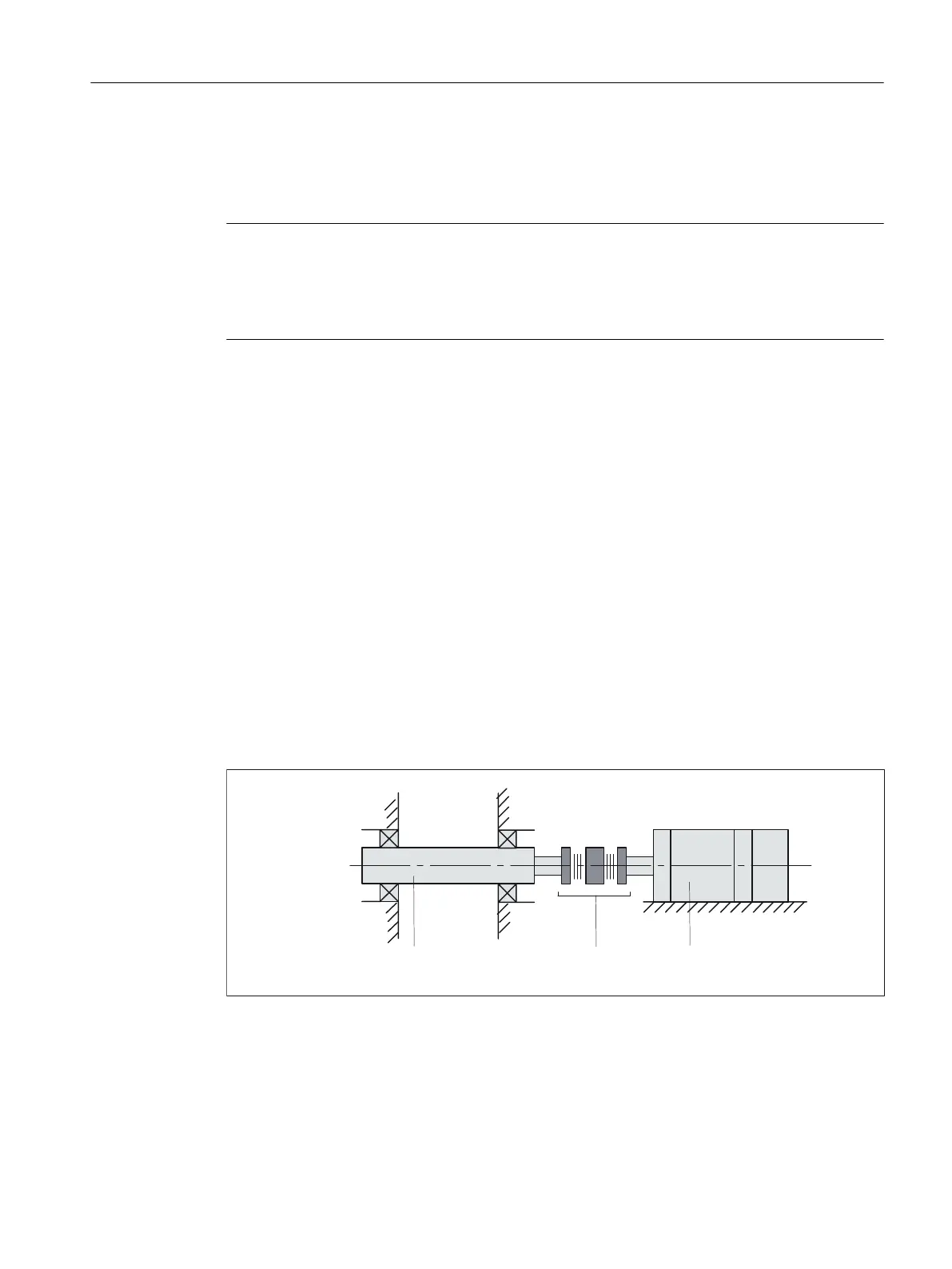